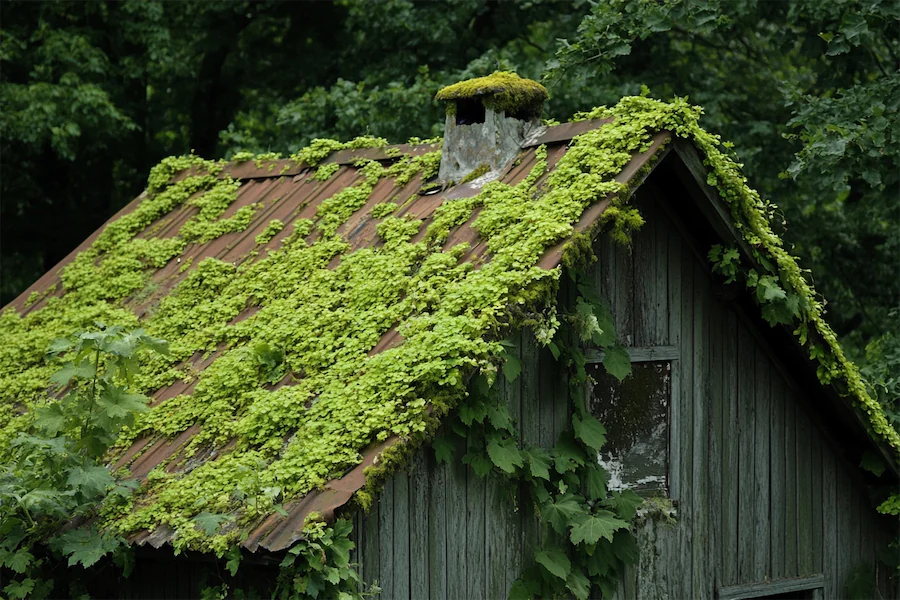A green roof, also known as a living roof, is a building’s rooftop that is partially or completely covered with vegetation planted over a waterproofing membrane. This system may also include additional layers such as a root barrier, drainage, and irrigation systems.
History and Origins of Green Roofs
The concept of green roofs dates back to ancient times, with the Hanging Gardens of Babylon often cited as one of the earliest examples. In modern history, Germany pioneered the development of green roof technology in the 1960s, focusing on research and implementation to address urban environmental challenges. This movement spread across Europe and eventually to other parts of the world, leading to the contemporary green roof systems we see today.
Key Features of Green Roofs
Green roofs are generally categorized into two main types:
- Extensive Green Roofs: These feature a shallow growing medium, typically two to six inches deep, and support hardy, low-maintenance plants. They are lightweight and require minimal upkeep, making them suitable for a variety of buildings.
- Intensive Green Roofs: These have a deeper substrate layer, exceeding six inches, allowing for a diverse range of vegetation, including shrubs and trees. Intensive green roofs are heavier, necessitate more structural support, and require regular maintenance, similar to traditional gardens.
Both types consist of multiple layers, including waterproofing, root barriers, drainage, and the growing medium, each serving a specific function to ensure the roof’s performance and longevity.
Applications of Green Roofs
Green roofs offer numerous benefits and are applied in various contexts:
- Environmental Advantages: They reduce stormwater runoff by retaining precipitation, mitigate the urban heat island effect through natural cooling processes, and improve air quality by filtering pollutants.
- Energy Efficiency: By providing additional insulation, green roofs can lower energy consumption for heating and cooling, leading to cost savings and reduced greenhouse gas emissions.
- Aesthetic and Recreational Spaces: Intensive green roofs can serve as accessible green spaces in urban environments, offering recreational areas and enhancing the aesthetic appeal of buildings.
Considerations When Choosing Green Roofs
When planning a green roof, several factors should be considered:
- Structural Support: Assessing the building’s ability to support the additional weight of a green roof is crucial, especially for intensive systems.
- Climate and Plant Selection: Choosing appropriate vegetation that can thrive in the local climate with minimal maintenance is essential for the roof’s success.
- Maintenance Requirements: Understanding the level of upkeep needed, including irrigation, weeding, and fertilization, helps in selecting the suitable type of green roof.
- Cost Implications: While green roofs can be more expensive to install than traditional roofs, they often provide long-term savings through energy efficiency and extended roof lifespan.
Conclusion
Green roofs represent a sustainable architectural practice that addresses environmental challenges, enhances building performance, and contributes to urban aesthetics. By carefully considering structural capabilities, climate conditions, maintenance needs, and costs, building owners and designers can implement green roofs that offer lasting benefits to both the environment and urban communities.
